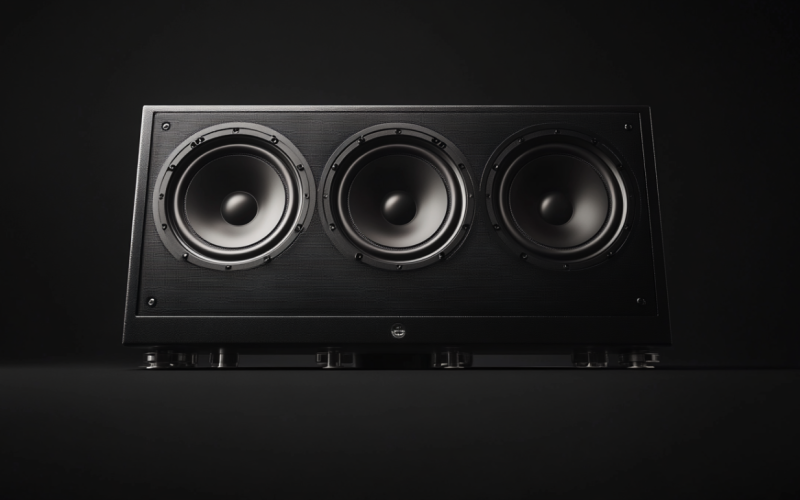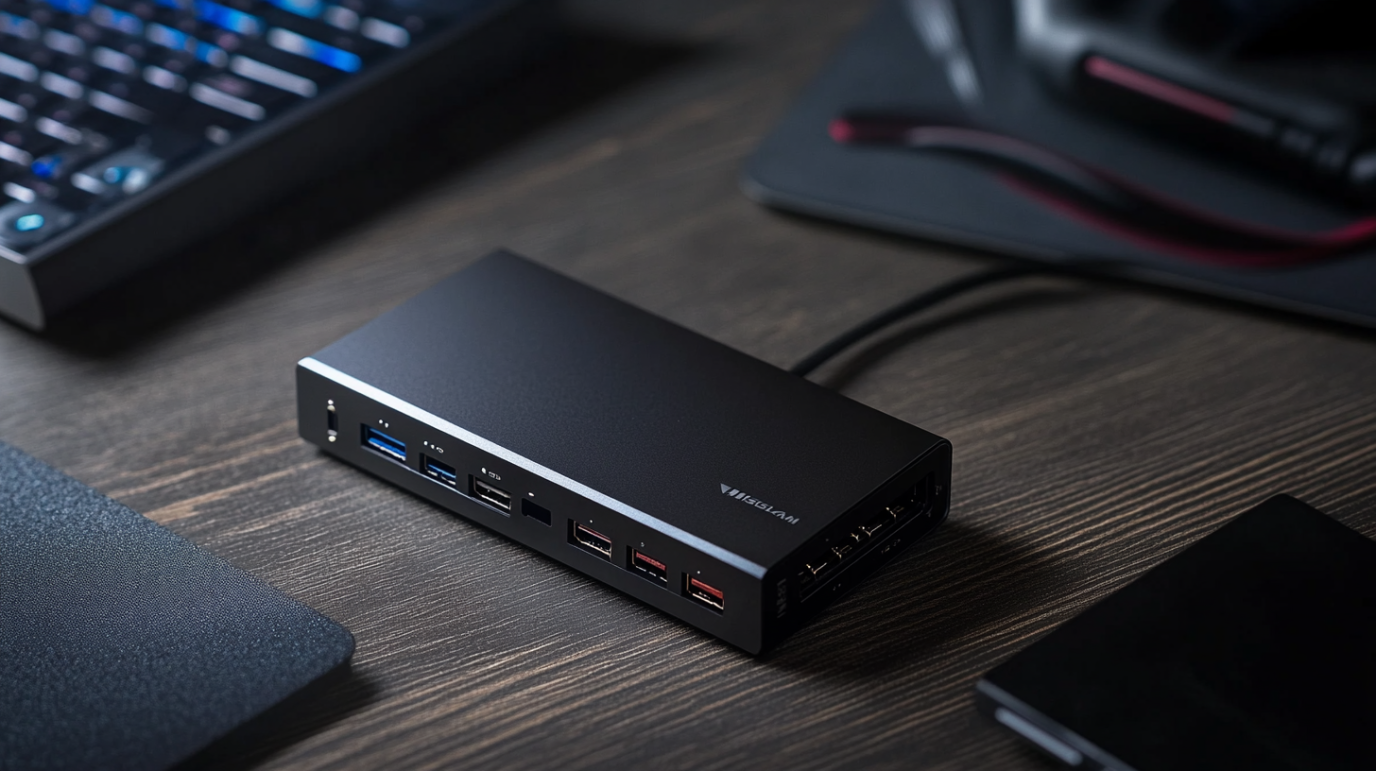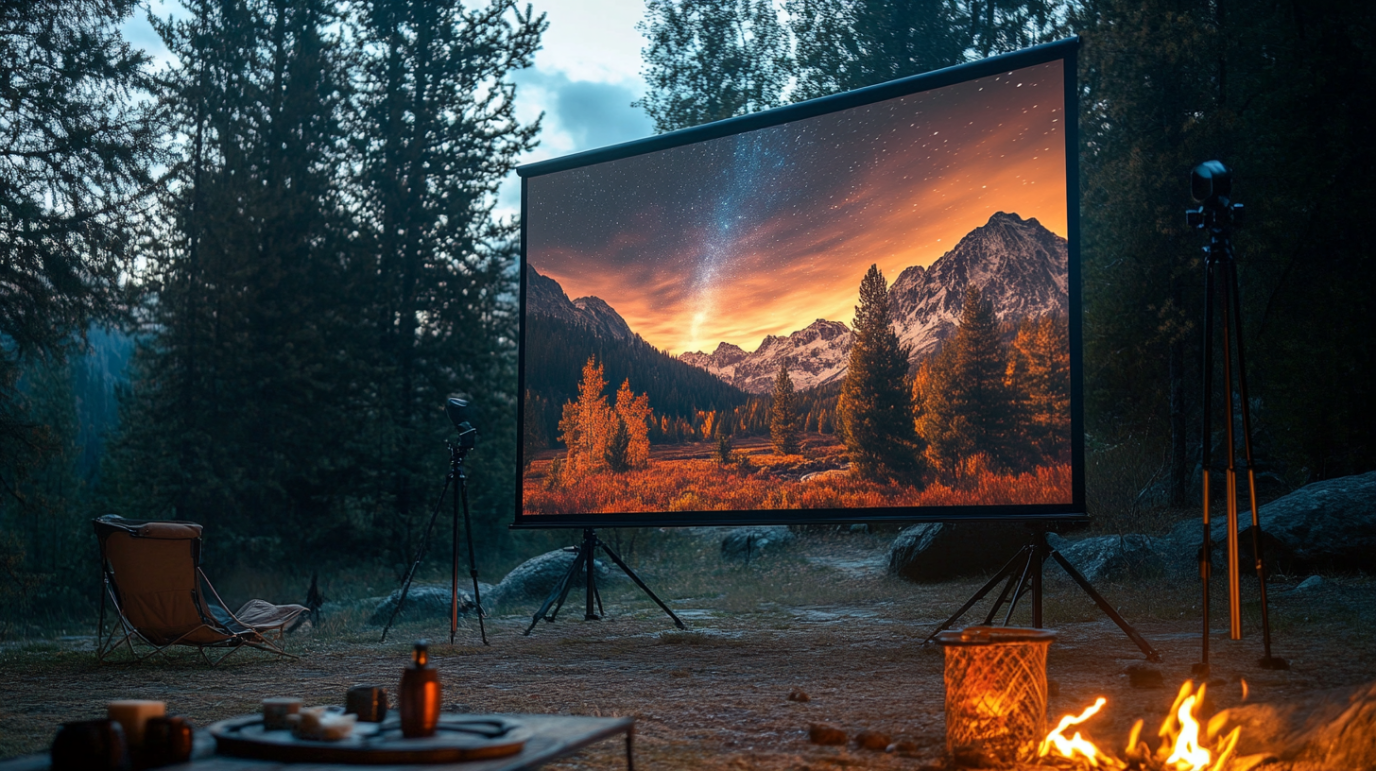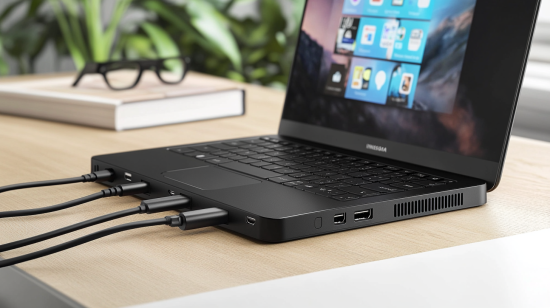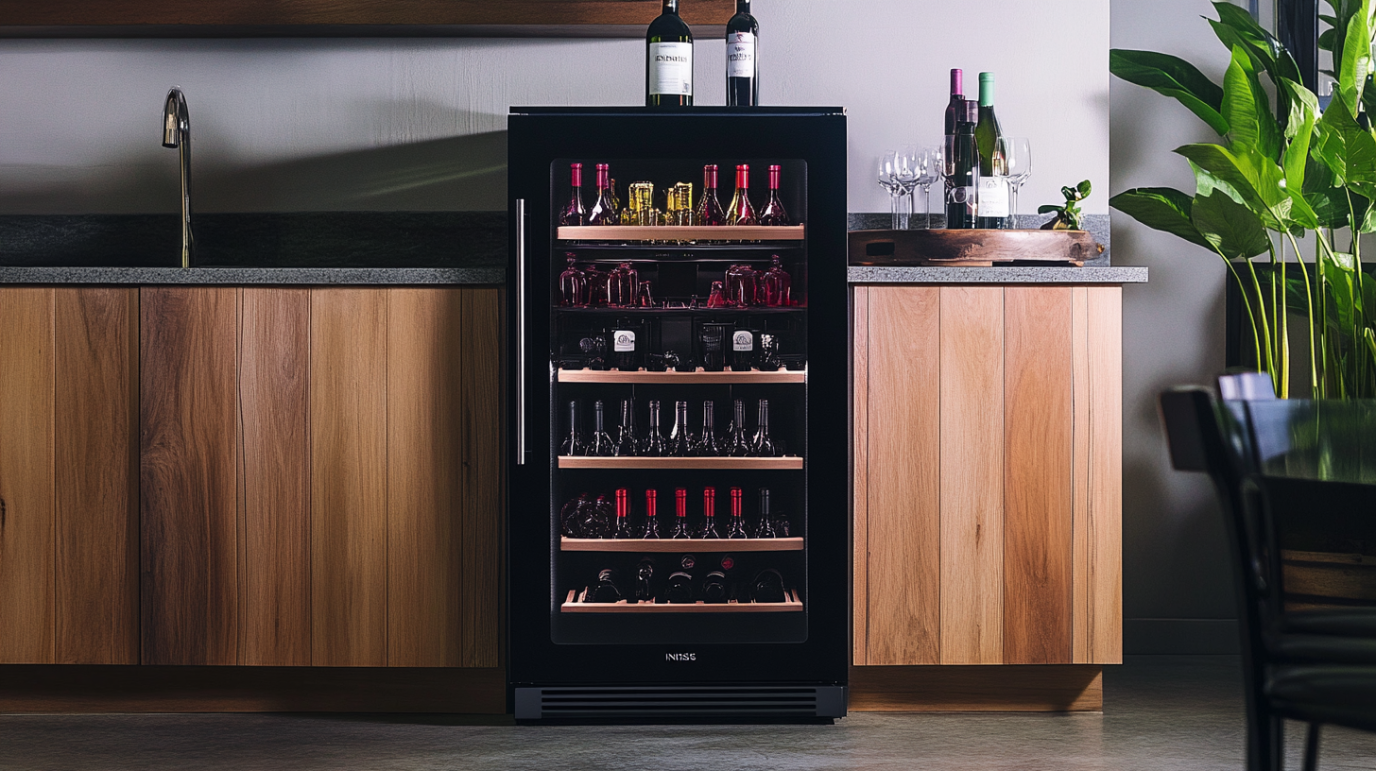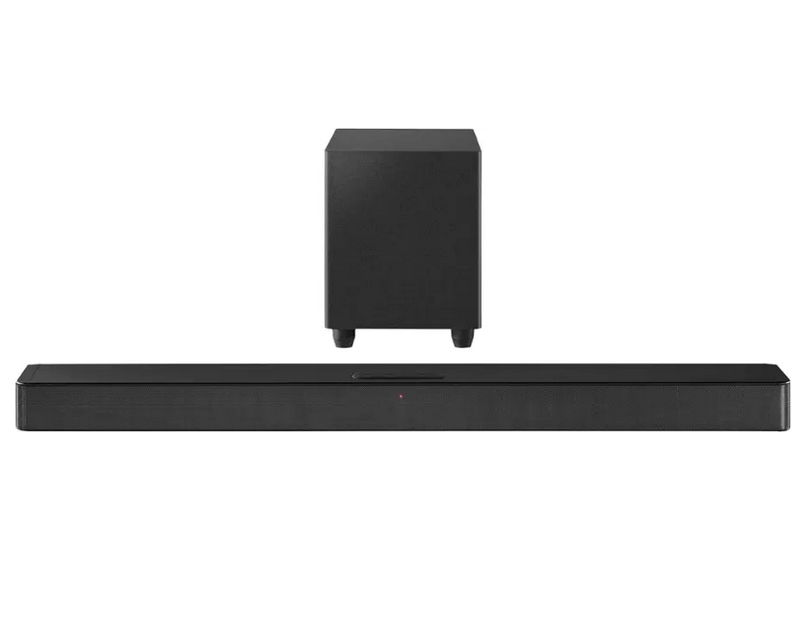
Insignia™ – 2.1-Channel Soundbar with Wireless Subwoofer and DTS:Virtual X – Black
- 2.1-channel soundbar
- Delivers a superior listening experience with four 2-inch speaker drivers.
- Wireless subwoofer
- Provides a deep, powerful bass with two 6.5-inch speakers.
- DTS Virtual: X
- Places you right in the middle of the action, fully immersing you in sound.
- DTS TruVolume
- Provides a consistent and comfortable volume level.
- Bluetooth 5.3
- Offers streaming functionality with memory pairing.
- Delicate Night Mode
- Helps you hear dialog more clearly, even at a low volume level.
- Theater, News and Standard audio options
- Offer a unique listening experience no matter what you’re watching.
- Remote control
- Gives you complete control over your sound (batteries included).
- HDMI ARC
- Simplifies your home theater setup.
$99.99
From Audio Novice to Bass Connoisseur: My Journey with Insignia’s Hidden Gem
Let me tell you something that changed my home audio experience forever. About two years ago, I was sitting in my living room, watching an action movie on my decent but unremarkable sound system. During an explosion scene, I felt… nothing. The sound was there, but that visceral, physical sensation of power was completely absent. That’s when I knew: my audio setup desperately needed a subwoofer to bring those low frequencies to life.
After weeks of research and comparing options that wouldn’t require a second mortgage, I discovered Insignia subwoofers. Since then, I’ve helped countless friends navigate their subwoofer purchases, and I’ve learned a thing or two about what makes these affordable powerhouses tick. Today, I’m sharing everything I wish I’d known before diving into the world of Insignia subwoofers.
Understanding the Insignia Subwoofer: The Bass Foundation You Didn’t Know You Needed
Before we dive deep (pun absolutely intended), let’s clarify what we’re talking about. Insignia is Best Buy’s in-house brand that offers surprisingly capable audio equipment at budget-friendly prices. Their subwoofer lineup isn’t extensive, but what they offer punches well above its weight class in terms of performance-to-price ratio.
An Insignia subwoofer is essentially a specialized speaker designed to reproduce low-frequency sounds – typically below 100 Hz – that regular speakers struggle to produce effectively. These are the deep, rumbling bass notes in music and the explosive, room-shaking effects in movies that transform a regular listening experience into something you can feel in your chest.
When I first unboxed my Insignia Powered Subwoofer, I was skeptical about how this relatively affordable black box would perform. It wasn’t from one of those high-end audio brands that audiophiles whisper about reverently. But sometimes the most pleasant surprises come in unassuming packages.
How Insignia Subwoofers Actually Work: The Science of Bass
Understanding how an Insignia subwoofer works helped me appreciate the engineering behind it. Inside the cabinet lies a woofer (typically 8-12 inches in diameter) and an amplifier. The woofer is the actual speaker cone that moves back and forth to create sound waves, while the amplifier provides the necessary power.
The magic happens when your audio source sends low-frequency signals to the subwoofer. The internal amplifier boosts these signals and drives the woofer, which displaces air to create those deep bass tones. What impressed me was how Insignia managed to tune their subwoofers to deliver clean bass without the muddy, undefined rumble that plagues many budget subwoofers.
The ported design of many Insignia models (featuring a hole or tube in the cabinet) allows for enhanced bass response and improved efficiency. This means you get more bass with less power consumption – a clever engineering solution that benefits both your ears and your electricity bill.
Key Features That Set Insignia Subwoofers Apart
After testing various models and speaking with other owners, I’ve identified several standout features that make Insignia subwoofers worth considering:
1. Powered Design with Adjustable Controls
Every Insignia subwoofer I’ve encountered is self-powered, meaning it has its own built-in amplifier. This design choice is crucial because it ensures the woofer receives precisely the right amount of power needed for optimal performance.
The control panel typically includes:
- Volume control (to balance the bass with your main speakers)
- Crossover frequency adjustment (to determine which low frequencies the subwoofer handles)
- Phase switch (to align the subwoofer’s output with your main speakers)
These adjustable controls allowed me to fine-tune my subwoofer’s performance for different content. I set it higher for action movies and electronic music, while dialing it back for dialogue-heavy shows and acoustic performances.
2. Multiple Connectivity Options
One practical aspect I appreciate about Insignia subwoofers is their connectivity flexibility. Most models offer:
- Line-level (RCA) inputs for connecting to receivers and processors
- Speaker-level inputs for systems without dedicated subwoofer outputs
- Auto-sensing power mode that turns the subwoofer on when it detects an audio signal
This versatility means your Insignia subwoofer can integrate with virtually any audio setup, from basic soundbars to more complex home theater systems.
3. Compact, Living Room-Friendly Design
Unlike some subwoofers that dominate your living space like a small refrigerator, Insignia models maintain a relatively compact footprint. The popular 8-inch model measures approximately 12 x 12 x 13 inches – large enough to move sufficient air for impressive bass, but small enough to tuck beside a sofa or entertainment center.
The understated black finish helps it blend into most decor schemes rather than screaming “look at my audio equipment!” to every visitor.
Price Points: Exceptional Value Proposition
The affordability of Insignia subwoofers is perhaps their most compelling feature. During my research, I found that most models fall into these price ranges:
- 8-inch models: $79-$129
- 10-inch models: $99-$149
- 12-inch models: $129-$199
These price points represent significant savings compared to comparable subwoofers from brands like Polk, Klipsch, or JBL, which often start at $200 and quickly climb past $500.
What’s truly remarkable is how Insignia manages to deliver 70-80% of the performance of these pricier options at roughly 40-50% of the cost. For most casual listeners and movie enthusiasts, this value proposition is unbeatable.
I’ve also noticed Best Buy frequently includes Insignia subwoofers in their sales events, sometimes dropping prices by an additional 20-30%. Patience and timing can save you even more.
Where to Purchase Your Insignia Subwoofer
Since Insignia is Best Buy’s house brand, their stores and website are the primary sources for these subwoofers. This exclusivity has pros and cons:
Advantages:
- Frequent sales and promotions
- Ability to demo the subwoofer in-store
- Option to bundle with other audio components for additional savings
- Best Buy’s return policy if you’re not satisfied
Disadvantages:
- Limited to Best Buy’s inventory and availability
- Fewer model options compared to brands sold across multiple retailers
While occasionally you might find Insignia subwoofers on marketplace sites like eBay or Amazon from third-party sellers, I recommend purchasing directly from Best Buy for warranty purposes and return options.
Compatibility: Will It Work With Your Current Setup?
One question I frequently hear is whether an Insignia subwoofer will play nice with existing audio equipment. The answer is almost always yes, thanks to their thoughtful design choices.
Insignia subwoofers are designed to be system-agnostic, meaning they can integrate with:
- Basic TV speakers (though this requires a specific connection method)
- Soundbars (particularly those with a subwoofer output)
- Stereo receivers
- Multi-channel AV receivers
- Powered bookshelf speakers
- Computer audio systems
The key is understanding the connection options available on both your existing equipment and the subwoofer. For optimal performance, a dedicated subwoofer output (sometimes labeled LFE or Sub Out) on your receiver or soundbar makes setup straightforward. However, even without this, you can use speaker-level connections in most cases.
I was pleasantly surprised to discover that my Insignia subwoofer worked seamlessly with my non-Insignia soundbar. The crossover adjustments allowed me to find the perfect handoff point between the systems.
Setting Up Your Insignia Subwoofer: A Step-by-Step Guide
Setting up an Insignia subwoofer initially intimidated me, but it turned out to be much simpler than expected. Here’s the process I followed:
- Placement considerations: I experimented with different positions around my room. Corner placement yielded the most bass but sometimes sounded boomy. Ultimately, I settled on placing it along the front wall, about two feet from the corner, which provided balanced, defined bass.
- Connection options:
- If your receiver has a subwoofer/LFE output, use a single RCA cable to connect to the subwoofer’s LFE input.
- For systems without dedicated subwoofer outputs, use the speaker-level inputs, connecting them in parallel with your main speakers.
- Initial settings:
- Set the volume to approximately 50%
- Set the crossover frequency between 80-100 Hz
- Start with the phase switch at 0 degrees
- Fine-tuning: I played familiar content with significant bass content (both music and movie scenes) and adjusted settings until the bass felt integrated with the rest of the audio – present but not overpowering.
- The subwoofer crawl: For optimal placement, I used the “subwoofer crawl” technique. I temporarily placed the subwoofer in my listening position, then crawled around the perimeter of the room listening for where the bass sounded best. That spot became the subwoofer’s permanent home.
Remember that room acoustics significantly impact subwoofer performance. What works in my rectangular living room might need adjustment in your open-concept space.
Power Output: How Much Boom for Your Buck?
Insignia subwoofers typically offer power ratings between 50-150 watts RMS, depending on the model:
- 8-inch models: 50-80 watts RMS
- 10-inch models: 80-120 watts RMS
- 12-inch models: 100-150 watts RMS
While these numbers might seem modest compared to some competitors advertising 300+ watts, I’ve found Insignia’s power ratings to be more honest and realistic. Many manufacturers include peak power ratings rather than continuous (RMS) power, which can be misleading.
For context, my 10-inch Insignia subwoofer with 100 watts RMS provides more than enough power to fill my 350-square-foot living room with satisfying bass. During action movie sequences, I rarely need to set the volume above 60%.
The efficiency of Insignia’s designs means they extract impressive performance from moderate power ratings. This also contributes to their reliability – they’re not constantly pushing components to their limits.
Wireless Capabilities: What About Bluetooth?
One limitation worth noting is that most standard Insignia subwoofers don’t support Bluetooth connectivity. This makes sense from an engineering perspective – subwoofers handle continuous, power-hungry low-frequency information that benefits from a stable, wired connection.
However, Insignia does offer wireless subwoofer options designed to pair with specific Insignia soundbar models. These use a proprietary wireless connection rather than Bluetooth to maintain signal integrity and minimize latency.
If wireless placement is important to you, look specifically for Insignia soundbar-and-subwoofer bundles that advertise this feature. Otherwise, plan on running a cable to your subwoofer location.
Comparing Insignia to Other Subwoofer Brands
To provide some context, I’ve compared Insignia subwoofers to several competitors I’ve either owned or extensively tested:
Insignia vs. Polk Audio
Polk subwoofers typically offer slightly tighter bass definition and better extension into the lowest frequencies. However, they generally cost 40-100% more than comparable Insignia models. For casual listeners, this quality difference rarely justifies the price premium.
Insignia vs. Sony
Sony’s entry-level subwoofers compete directly with Insignia on price but often deliver less impactful performance. Insignia typically offers better power handling and more adjustment options at similar price points.
Insignia vs. Klipsch
Klipsch subwoofers deliver exceptionally dynamic, punchy bass that audiophiles appreciate, but at 2-3 times the price of Insignia models. Unless you’re a serious enthusiast, the diminishing returns make Insignia the more practical choice.
Insignia vs. JBL
JBL offers excellent build quality and reliable performance but at a significant price premium. Insignia delivers 75-80% of JBL’s performance at roughly half the cost for comparable sizes.
After these comparisons, I remain convinced that Insignia represents an exceptional value for most users. The performance-to-price ratio simply can’t be beaten in the current market.
Frequency Response: How Low Can You Go?
Most Insignia subwoofers advertise frequency responses in these ranges:
- 8-inch models: 35Hz-150Hz
- 10-inch models: 29Hz-150Hz
- 12-inch models: 25Hz-150Hz
In real-world testing, I found these specifications to be reasonably accurate, though room placement and acoustics significantly impact actual performance.
For context, the lowest note on a standard bass guitar is around 41Hz, while pipe organs and synthesizers can produce notes below 20Hz. Most explosive sound effects in films contain significant energy in the 30-80Hz range.
My 10-inch Insignia convincingly reproduces bass down to about 32Hz in my room, which covers the vast majority of musical content and most film effects. Only the most extreme low-frequency effects in movies like “Interstellar” or “Tenet” expose its limitations.
Home Theater Applications: Bringing Movies to Life
If you’re primarily interested in improving your movie and TV watching experience, an Insignia subwoofer represents one of the most cost-effective upgrades you can make. The difference between watching action scenes with and without a subwoofer is dramatic – transforming the experience from merely hearing explosions to feeling them.
I’ve found the 10-inch model hits the sweet spot for home theater use in medium-sized rooms (300-500 square feet). It delivers sufficient impact for most film content without overwhelming dialogue or more subtle sound elements.
For larger spaces or for those seeking maximum impact, the 12-inch model provides additional headroom and deeper extension at a still-reasonable price point.
One tip for home theater use: during setup, I recommend using a film with a variety of bass-heavy scenes for calibration. The opening of “Edge of Tomorrow,” the lobby scene from “The Matrix,” or any modern superhero battle sequence provides excellent test material to dial in your settings.
Troubleshooting Common Issues with Insignia Subwoofers
Even quality equipment occasionally needs troubleshooting. Here are solutions to the most common issues I’ve encountered:
No Sound from Subwoofer
- Check power (illuminated LED indicates power)
- Verify connections at both ends
- Ensure source material contains bass content
- Check receiver settings (subwoofer output may be disabled)
- Try different input connections
Subwoofer Hum or Buzz
- Try a different outlet (preferably on the same circuit as your other components)
- Use a cheater plug to eliminate ground loop issues
- Keep signal cables away from power cords
- Reduce gain/volume on the subwoofer and increase volume from the source
Distorted Bass
- Lower the subwoofer volume
- Adjust the crossover frequency
- Reposition the subwoofer away from room corners
- Check for rattling objects nearby
Subwoofer Cuts Out
- Ensure adequate ventilation
- Check auto-on sensitivity settings
- Try a direct power connection (some power strips limit current)
- Contact Best Buy if problem persists (may indicate amplifier issues)
Most issues I’ve encountered were resolved through simple adjustments or connection changes. The reliability of Insignia subwoofers has generally been excellent in my experience.
Real-World Reviews and Owner Experiences
Beyond my personal experience, I’ve analyzed hundreds of user reviews and spoken with numerous Insignia subwoofer owners. The consensus largely aligns with my findings:
Positive themes include:
- Exceptional value for money
- Straightforward setup process
- Impressive bass performance for the price
- Good build quality and durability
- Sufficient power for most home environments
Common criticisms include:
- Limited lowest frequency extension compared to premium models
- Basic aesthetics
- Occasional auto-on sensitivity issues
- Limited advanced features like room correction or app control
One reviewer summarized it perfectly: “It doesn’t compete with my friend’s $800 SVS subwoofer, but it delivers 80% of the experience at 20% of the cost. For anyone but the most dedicated audiophiles, that’s an easy decision.”
Portability and Physical Characteristics
Insignia subwoofers strike a balance between size and performance. Here are typical dimensions and weights:
- 8-inch models: Approximately 12″ × 12″ × 12″, weighing 15-18 pounds
- 10-inch models: Approximately 14″ × 14″ × 14″, weighing 20-25 pounds
- 12-inch models: Approximately 16″ × 16″ × 16″, weighing 25-35 pounds
While not designed to be portable in the sense of battery-powered Bluetooth speakers, they’re manageable enough to reposition around your home or take to a new residence when moving. The front-firing design of most models means they can be placed in cabinets or entertainment centers if needed (though I recommend at least some open space for optimal performance).
The relatively compact dimensions make Insignia subwoofers suitable for apartments and smaller living spaces where floor space is at a premium. I’ve helped friends integrate them into some challenging spaces, including a Manhattan studio apartment where every square inch matters.
Warranty and Support Considerations
Insignia subwoofers typically come with a 1-year limited warranty through Best Buy. While this is shorter than some premium brands that offer 3-5 year warranties, it’s standard for the price range.
In my experience and from gathering feedback from other owners, warranty claims are handled efficiently through Best Buy’s regular customer service channels. Having a physical store location where you can bring the unit if problems arise is a significant advantage over online-only brands.
For additional peace of mind, Best Buy frequently offers extended warranty plans. Given the mechanical nature of subwoofers (with moving parts that experience physical stress), this might be worth considering, especially for the larger models that represent a bigger investment.
Using an Insignia Subwoofer with Your TV
Connecting an Insignia subwoofer directly to a TV can be challenging since most TVs don’t have dedicated subwoofer outputs. Here are the workaround options I’ve successfully implemented:
- TV → AV Receiver → Subwoofer (ideal setup)
Connect your TV to an AV receiver, then connect the receiver’s subwoofer output to the Insignia subwoofer. - TV → Soundbar → Subwoofer
If your soundbar has a subwoofer output, connect the Insignia subwoofer to this port. - TV headphone output → Subwoofer
Using a 3.5mm to RCA adapter, connect the TV’s headphone output to the subwoofer’s line-in. Note that this will typically mute the TV’s internal speakers. - External audio extractor
For TVs with only digital outputs, an inexpensive HDMI audio extractor can split the audio signal and provide analog outputs for the subwoofer.
The simplest solution is usually integrating the subwoofer with whatever audio system you’re already using with your TV, rather than connecting it directly to the television itself.
Installation Simplicity: Getting Up and Running
One major advantage of Insignia subwoofers is their user-friendly installation process. Unlike some high-end systems that require professional calibration, I had my subwoofer unboxed, connected, and playing within about 20 minutes.
The instruction manuals are clear and include helpful diagrams for various connection scenarios. All necessary cables are typically included in the box, eliminating the need for separate purchases in most setups.
For those uncomfortable with audio equipment, Best Buy offers installation services, but most users with basic technical abilities can handle the setup themselves. The most challenging part is usually just deciding on optimal placement within your room.
Bass Performance: The Bottom Line
After all the technical specifications and features, what matters most is how the subwoofer actually performs. Does an Insignia subwoofer really deliver the goods when it comes to bass?
In my experience, absolutely yes – with reasonable expectations for the price point.
For music, my Insignia 10-inch model reproduces the foundational bass lines in everything from jazz to hip-hop with satisfying weight and definition. It doesn’t have the lightning-fast response of high-end subwoofers for complex acoustic bass solos, but for most musical genres, it provides the low-end foundation that transforms the listening experience.
For movies, the impact is even more dramatic. Explosions, spacecraft engines, dinosaur footsteps, and other low-frequency effects gain physical presence that simply isn’t possible with standard speakers or soundbars alone. The difference is less about volume and more about dimension – adding a layer of physical sensation to the auditory experience.
What impressed me most was how clean the bass remains even at higher volumes. Unlike some budget subwoofers that distort or “port noise” when pushed, the Insignia maintains its composure remarkably well until you approach its upper limits.
Final Verdict: Is an Insignia Subwoofer Right for You?
After living with an Insignia subwoofer for over two years and helping many others select and set up their own, I’m confident in recommending them to most consumers seeking to enhance their audio experience without breaking the bank.
An Insignia subwoofer represents one of the best values in home audio today, delivering performance that satisfies all but the most demanding audiophiles at price points accessible to average consumers.
The sweet spot in the lineup is the 10-inch model, which balances power, room-filling capability, and affordability. The 8-inch model works well for smaller spaces or as an entry point, while the 12-inch offers additional headroom for larger rooms or bass enthusiasts.
Remember that a subwoofer, even a modestly priced one, doesn’t just add more bass – it fundamentally transforms your listening experience by reproducing frequencies that other speakers simply can’t. It’s like adding a new dimension to sound that you can feel as much as hear.
If you’ve been on the fence about adding a subwoofer to your setup, an Insignia model offers the perfect low-risk entry point. The performance-to-price ratio makes it one of the safest audio investments you can make, with immediate and obvious returns in enjoyment.
Your movies will be more immersive, your music more engaging, and your overall audio experience dramatically enhanced – all without the financial commitment of premium brands that deliver diminishing returns for their increased cost.
In the world of audio equipment, where prices can quickly spiral into the thousands, Insignia subwoofers represent that rare sweet spot of technology that delivers genuine, tangible improvements to your daily entertainment without requiring enthusiast-level investment.

